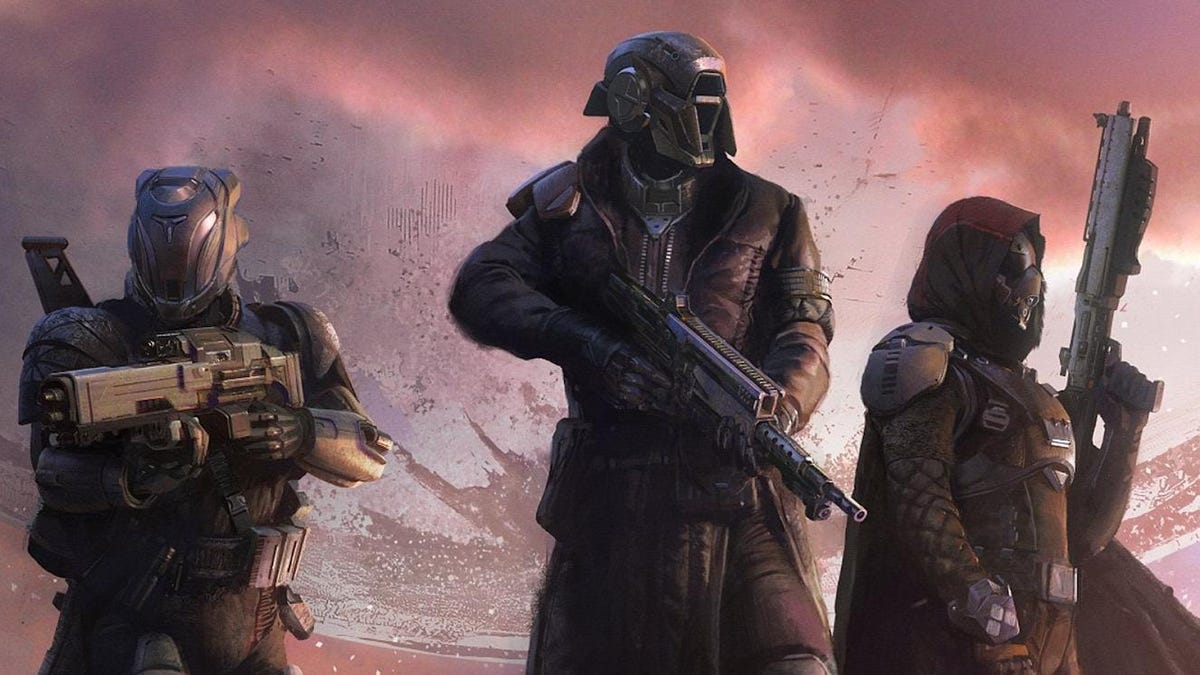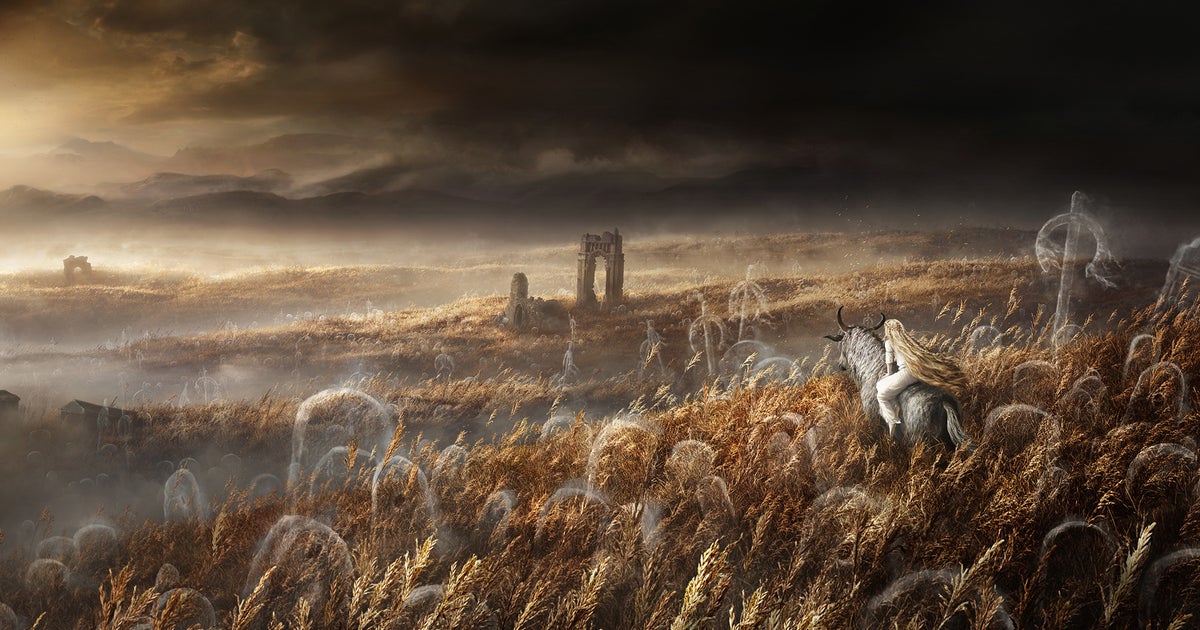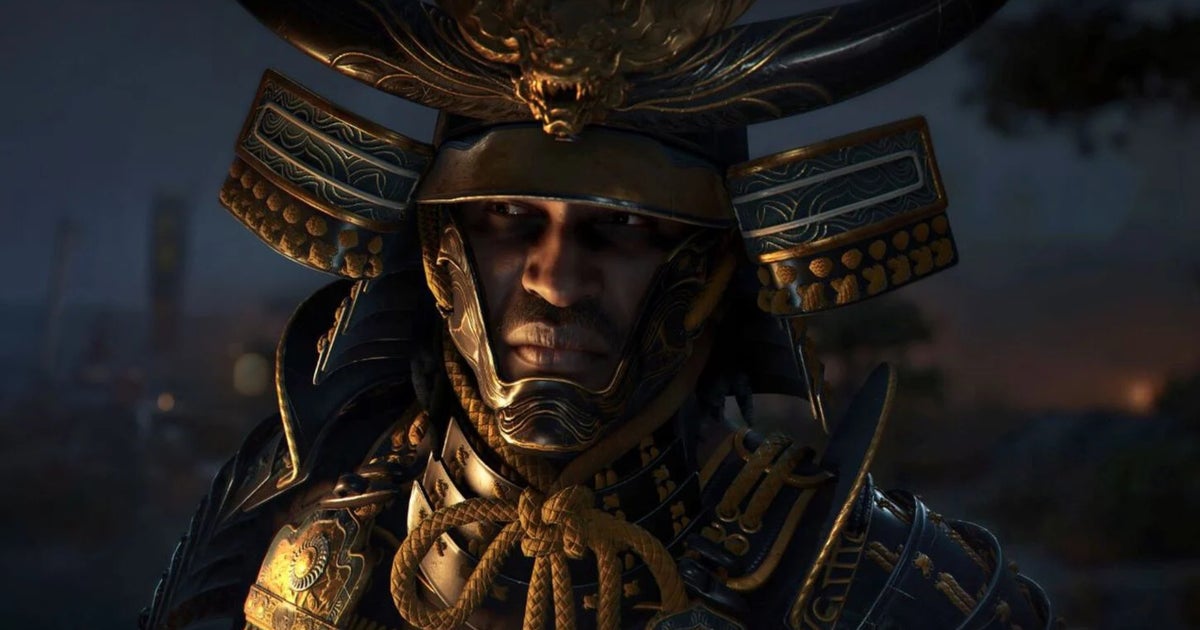New winds are blowing over Runeterra and League of Legends. The well-known MOBA franchise expands its universe and deepens its history through new formats. First was the Netflix premiere of the series Arcane on November 6th, which deals with the conflict between the cities of Zaun and Piltover and the origin of the relationships of some of the most famous heroes of League Of Legends. And now, a few days ago and as the final highlight of the Riot Forge Showcase event, the long-awaited role-playing game based on the franchise has surprisingly started. Airship Syndicate, Ruined King: A History of League of Legends.
This new story aims to further expand on the “lore” of the original game and bring us to the port city of Backwaters and the archipelago of Shadow islands (formerly known as the Blessed Isles) where the King of Ruin (whom many will already know who he is) has established his dominions and extends his power through the Black Mist that threatens the entire life of Valoran.
Faced with this challenge, the stories of 6 of League of Legends’ most iconic heroes are intertwined (Pyke, Miss Fortune, Braum, Illaoi, Ahri and Yasuo) who come together (or support each other) to face the common enemy. Everyone has their reasons to face the ruin and little by little their personal stories, relationships and roles in the big story, which contains more than one surprise, unfold.
And how is this Ruined King developing? The truth is that for the exploration sections we found a turn-based role-playing game with the camera in the aerial view that reminded us of Baldur’s Gate III or the previous work of the study, Battle Chasers: Nightwar. We manage a group of characters through a group leader with whom we move around the map while we explore, loot gold and items and talk to the inhabitants of a surprisingly dense and lively world, full of stories and little winking at the players of the MOBA, especially when activating conversations between the main champions. In order to know which objects or characters in the environment we can interact with, we can trigger a kind of impulse that illuminates the object in question.
The story is told through animated scenes and dialogues in which there is little interaction other than a selection that also guides us on the path the game wants to follow. It’s understandable that we can’t deviate much in the characters’ actions either, because that’s what she’s trying to show us, that they inevitably have to grapple with one another. There is some freedom in what to do, e.g. Grindear Enemies in the darkest and most remote areas to gain experience and get materials or potions. But immediately we see that both the development of the characters and the level of the enemies are closely linked to the path of the main story and everything is geared towards facing redundancy.
And while diplomacy can get you out of a situation, our preferred method of dealing with problems is through enforcement intense turn-based battles in which the selection of the protagonists of the adventure shines precisely, as everyone fulfills a function in the team, as if we were in the rift of the summoners. For example, Miss Fortune is responsible for firing powerful long-range shots with her pistols, Braum protects the group by causing tank and magical damage, and Illaoi assists with her magic and damage with the conjured tentacles of Mother Wyrm.
It is important to develop the characters’ skills while we are having the experience so as not to encounter any unpleasant surprises. There is a huge arsenal of weapons, armor and items that we can equip and enlarge our hero with statistics most useful to the team in combat. There is an exclusive submenu for enchantments that will allow us to upgrade the equipment that we will be making with the materials collected on the map. That forces us to do it too Farmer Less enemies than cute if we are to get those powerful permanent upgrades.
The combat system is divided into three types of attacks depending on when they are performed and how much mana they require: Immediately, series and final. Instant spells don’t consume mana and are generally not very effective at dealing damage, but they create the right conditions to unleash the potential of Fila’s more powerful attacks. These in turn differ in the intensity with which they are carried out (speed, balance or power), each of which is reflected in one of the three lines of the initiative bar, which mark the attack by enemies and allies. Good planning of the attack time and attack power is crucial, as the level of difficulty is quite demanding even in the first few steps of the game.
After all, on rare occasions and only when the counter is full, we can carry out the ultimate attacks that will sweep the most powerful enemies. In addition, there are active environmental effects during combat that can affect us, such as healing or clouds of poison, and which we can also use to try to affect the enemies.
Very few downsides were found in our game. Yes, it’s true that the autosave could be a bit more common because if we chain up some fights in our multi-hour session or if a powerful enemy surprises us and they weaken the entire team, the autosave is usually much further behind, which leads us to huge ones Repeating sections and repeating the last hour or even more.
But other than that, the whole set in Ruined King surprises forever. Riot Forge and Airship Syndicate have managed to create a powerful RPG with a very deep combat system in which, in addition to a name and high expectations of the community like League of Legends, many variables have to be taken into account. The scenarios are fun to explore and the secondary objectives, though rare, add to the gameplay experience without losing any of its value. I am confident that we will see more titles of this style in other parts of the vast world of Runeterra. To battle!












